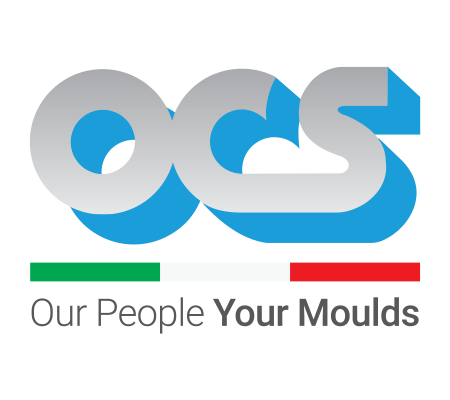Working closely with the moulding companies we have been able to see that many of them perform mould maintenance sporadically or randomly and this is a big mistake because it does not give the manufacturer control of the mould condition and therefore the duration of its life cycle. Keeping the moulds in an optimal condition is essential to ensure the quality of moulded rubber technical articles and the efficiency of the production process. In this article, we’ll explore three key steps to make your moulds perform better.
1-Regular cleaning
Regular cleaning of moulds is a crucial aspect to guarantee efficiency and durability. During the moulding process, the moulds can accumulate residues of compound, fumes or dust. These deposits can cause defects on the moulded part and accelerate wear of the moulds themselves. Therefore, it is crucial to adopt a regular cleaning practice. Be sure to choose the cleaning technique that best suits your mould (learn more about mould cleaning) and use appropriate personal protective equipment during the cleaning process. Regular and punctual cleaning at the end of each moulding cycle will help prevent the creation of harmful and corrosive deposits.
2- Scheduled maintenance
Preventive or scheduled maintenance is another fundamental practice to ensure the long-term performance of the moulds. This process involves regular inspection and maintenance of moulds to identify defects and solve issues before they can compromise the quality of the moulded article. Schedule periodic inspections should be performed to assess the conditions of the moulds, checking surface wear and overall integrity. Identify any signs of damage, such as dents, scratches, oxidation or corrosion, and take corrective action. Another important consideration on scheduled maintenance is the accurate documentation of the activities and interventions performed on the moulds. This will allow you to keep track of what you have done and plan for future maintenance more efficiently.
3- Chrome plating of surfaces
The chrome plating of mould surfaces is a treatment that can significantly improve their performance. Chrome plating creates a protective layer on the surface of the moulds, reducing wear and increasing corrosion resistance. In addition, chrome plating can improve the quality of finished products, ensuring better smoothness of rubber or silicone. The chrome plating process requires specialized skills and special equipment, which is why in O.C.S. we have an entire division that deals with the chrome plating of moulds. Chrome plating can be performed on the entire surface of the moulds or only on specific parts, depending on the needs. Investing in mould chrome plating may involve a larger initial investment, but the long-term benefits far outweigh that expense. Chrome plating increases the life of moulds, reduces maintenance intervals and improves the quality of rubber and silicone products made.
In conclusion, taking care of your moulds through regular cleaning, maintenance and chrome plating of surfaces is essential to ensure performance and durability. Do not underestimate the importance of these three steps to maximize the performance of your moulds and improve your production. Take a look at our free training video “Maintenance Guidelines for Your Moulds” to train your team.



